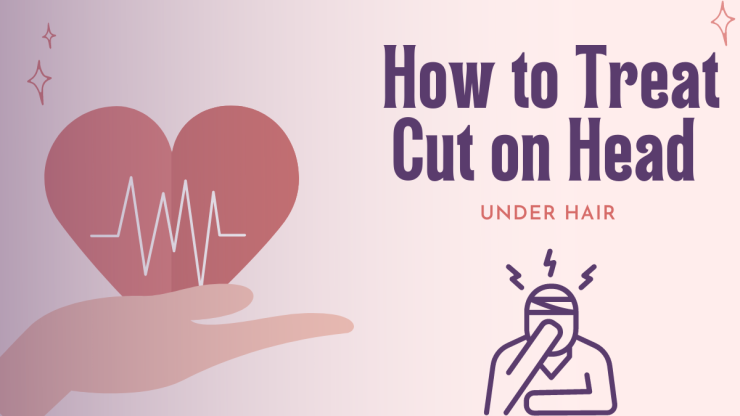Injury anywhere on the body is alarming, but head injuries should always be taken seriously. Because it’s challenging to predict the severity of the injury, even a small bump on your head can lead to a concussion, which is life-threatening.
Head injuries are associated with some everyday activities such as vehicle accidents, assaults, sports, and above all fall. These kinds of incidents may results in cuts to the scalp, impact your skull, and shake you enough to cause traumatic injuries. However, this guide will explain how to treat cuts on the head under the hair.
Cuts usually are frightening anywhere on the body but cuts on the head under your hair can even be worse. First, it’s difficult to see the cut under your hair. So it’s had to determine how severe the cut is. Second, it’s on your head, and cuts on your scalp bleed more than other parts of the body as the scalp contains more blood vessels under the skin.
Excessive, bleeding may cause a concussion. That is why it should be addressed seriously compared to cuts on the rest of the body. Now a question arises on how to treat a cut on your head.
Contents
What kind of treatment do you need?
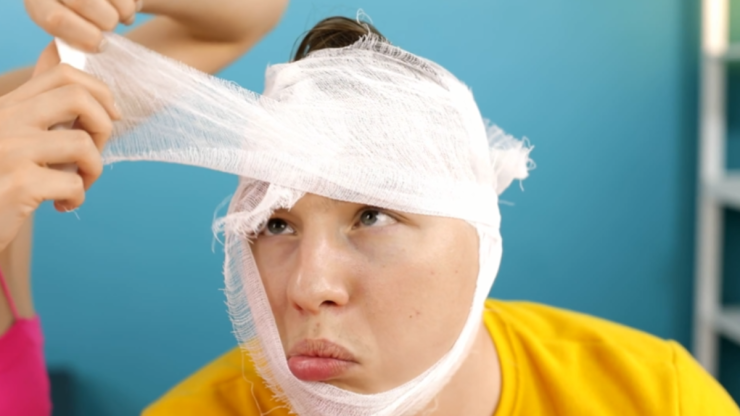
Fortunately, most of the time, cuts on your head are not severe. Depending on the cause, minor cuts can be treated at home and let it heal naturally. Sometimes, on the contrary, if bleeding is not stopped or the cut is way too deep may require medical help.
This guide will tell you when to treat a cut on your head under hair yourself and when to seek professional medical help. Moreover, this guide will cover all critical steps needed to treat a cut on the head under hair. So, stick with us to know every possibility you can experience having this type of injury and how to deal with that.
How to treat a cut on head under hair steps involved?
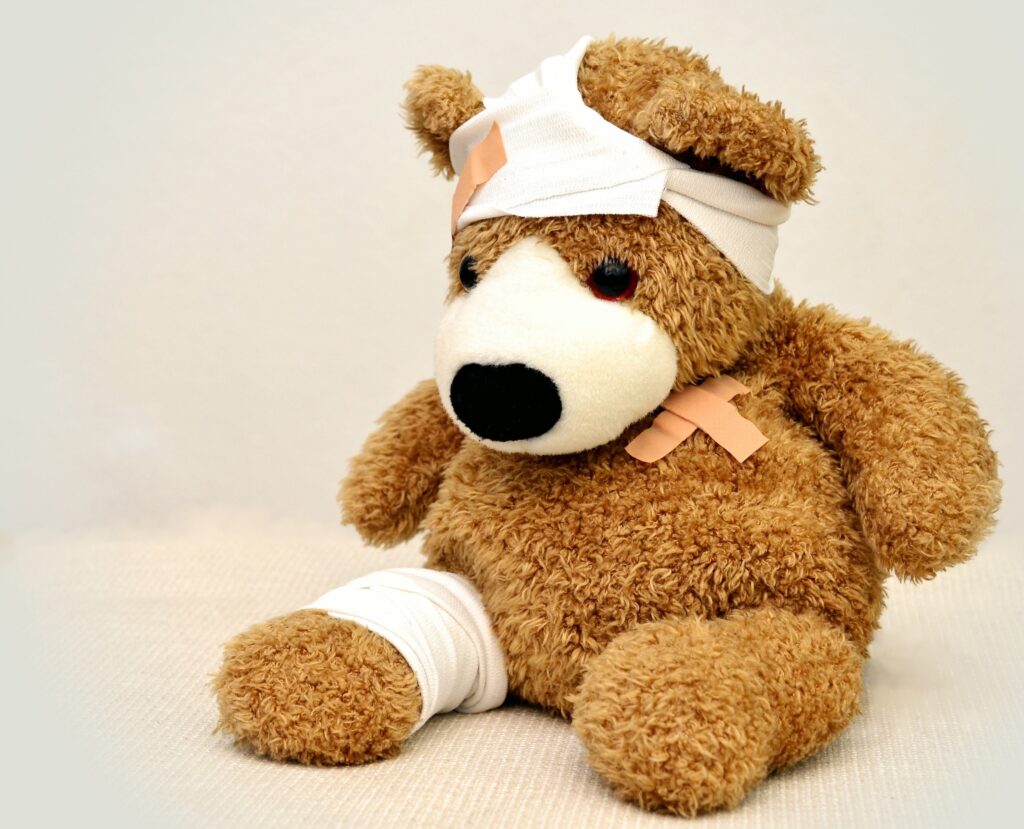
Before you start any treatment after sustaining a cut on the head under hair. It is significant to look out for unusual act following a head injury or cut a severe band on the head could cause damage to the brain and swelling due to internal bleeding.
Follow the steps below, you will be very clear, how to treat a cut on your head and what symptoms you would be looking for to determine how severe the cut is and how to treat it.
In case you got stitches and want to wash your hair. Read our article on how to wash hair with stitches in the head.
What are the signs of Traumatic Brain Injury? (serious head injury)
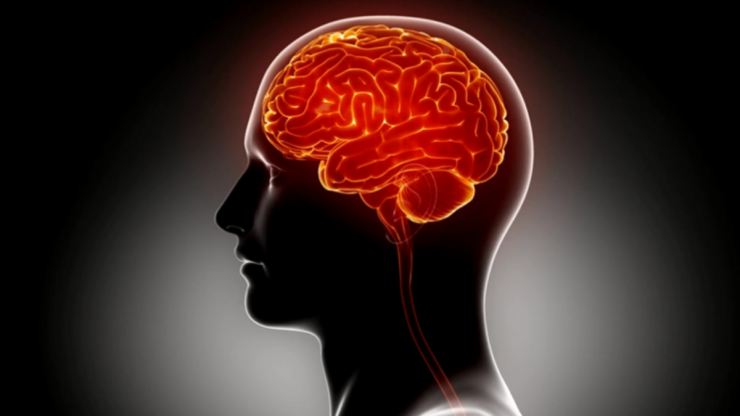
- Try to stop bleeding soon as you receive a cut on your head. In order to stop bleeding, you can use a clean cloth; a towel even can use a bandage pad in your first aid kit if you are lucky to own one. DO NOT apply intense pressure if you see a broken skull or fragments of bone.
- Now you need to access whether you or the person you are treating required proper medical care or not. Watch for these symptoms and conditions mentioned below, which are life-threatening situations:
Symptoms of a serious head injury as recommended by WebMD are :
- If cut caused by heavy object impact.
- Blood does not stop after been applying pressure with a clean cloth
- Abnormal behavior
- Memory loss
- Headache/stiff neck
- Unable to move an arm or legs
- Loss consciousness
- Lack of balance
- Difficulty in concentrating
- Pupils of unequal size
If you experience any of such symptoms or conditions after being hit on the head, you should seek medical attention immediately. Run to the nearest medical facility as soon as possible. These symptoms are signs of concussion, which is mild traumatic brain injury (TBI).
However, if it’s not the case, you just hit your head against a sharp object and receive a cut on your head under hair. If you are not feeling the above symptoms you can treat yourself or other injured people. Then you can treat at home or while camping in the woods just owning a basic first aid kit with you.
Steps to be in order, to treat a minor cut on the head under hair
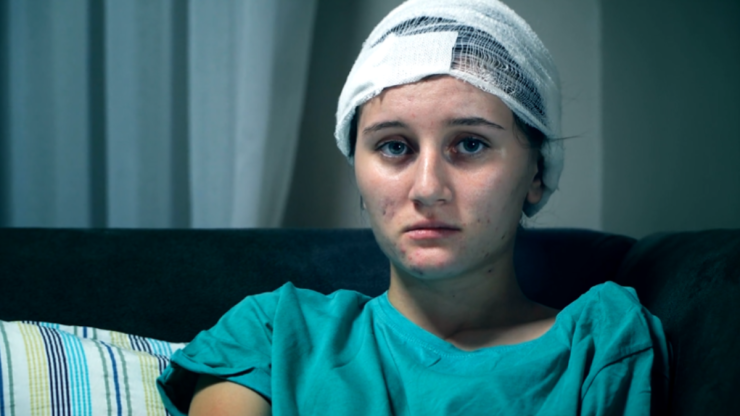
Let’s see the step-by-step procedure, how to bandage a head wound and how to stop bleeding on the head:
- First thing, make your hands are clean or use latex gloves from the first aid kit or can even use plastic bags nearby in a worst-case scenario. Using gloves or a plastic bag will prevent exposed laceration from getting an infection.
- Remove any debris or dirt stuck on cut gently. Do not dig into it or try to clean it. The best way to remove debris is by using tweezers.
- Stop bleeding as soon as possible. Bleeding can be stopped by using gauze pads, towels or a clean cloth and apply little pressure on the wound. Avoid scrubbing it.
- Apply Steady and even pressure on the wound for 15 minutes. If the bleeding soaks through it, quickly use any other gauze of whatever you are using and re-apply the pressure. (NOTE: if you are still bleeding after 15 minutes after Applying pressure, then better to consult with the doctor)
- Usually, minor cuts stop bleeding after 15 minutes as it is enough time to clot blood on a wound.
- For minor cut, ice the area for 20 minutes using a towel or other clean cloth. Icing the area will help to reduce swelling and pain
- Now it’s time to access; stitches required or not. If the cut is big, which requires medical treatment and stitches even, you have stopped the bleeding. Stitches or staples may be needed to avoid infection. As the open wound is more exposed to dirt, oil and even your hair, that’s why the greater risk of infection involved.
- You probably can determine whether you need stitches just by looking at cut. If its look like skin can go back naturally, no need for stitches. On the contrary, if it seems there is wide space between cut, then defiantly it’s better to for stitches.
- Stitches are a better option to avoid any apparent scar left on your head as well as prevent infection from growing. Moreover, your wound will heal faster.
- If not to go for stitches or don’t need stitches, clean it with sterile gauze and apply a layer of antibiotic ointments.
- Now it’s better to cover the wound with a gauze pad and roll the roller gauze around your head to fix the gauze pad on top of the wound. Use a safety pin to tie your roller gauze
- Do not use adhesive bandage as these will stick to your hair. Will be difficult to change the dressing.
- Change dressing of wound every day to prevent infection and promote faster healing time.
- While applying a bandage just monitor the wound recovery, is it getting better or not, if it seems suspicious consult with professionals.
You can also check our article related to the treatment of burn on hand from hot pan.
The hair on your head may cause difficult to treat properly. In some cases, if you would like to, can cut a bit of hair around the cut in the Oder to prevent it from infection. Moreover, cutting hair would help paste antibiotic ointments on the cut and make dressing easier.
The above discussion was to help you to acknowledge how to treat a cut on your head, if you, unfortunately, get it. This article elaborates on each step you would face while treating a minor cut on top of the head.
However, this article does not tell you to treat head cuts all by yourself if you feel symptoms of Traumatic Brain Injury, which I mentioned earlier. So, don’t be reluctant to get professional medical care if you observe Traumatic Brain Injury symptoms.
References:
- https://www.webmd.com/first-aid/treating-minor-head-injuries-in-children
- https://kidshealth.org/Nemours/en/parents/az-head-wound.html
- https://myhealth.alberta.ca/Health/aftercareinformation/pages/conditions.aspx

I love camping! There’s nothing like being in nature, getting away from the hustle and bustle of everyday life.

